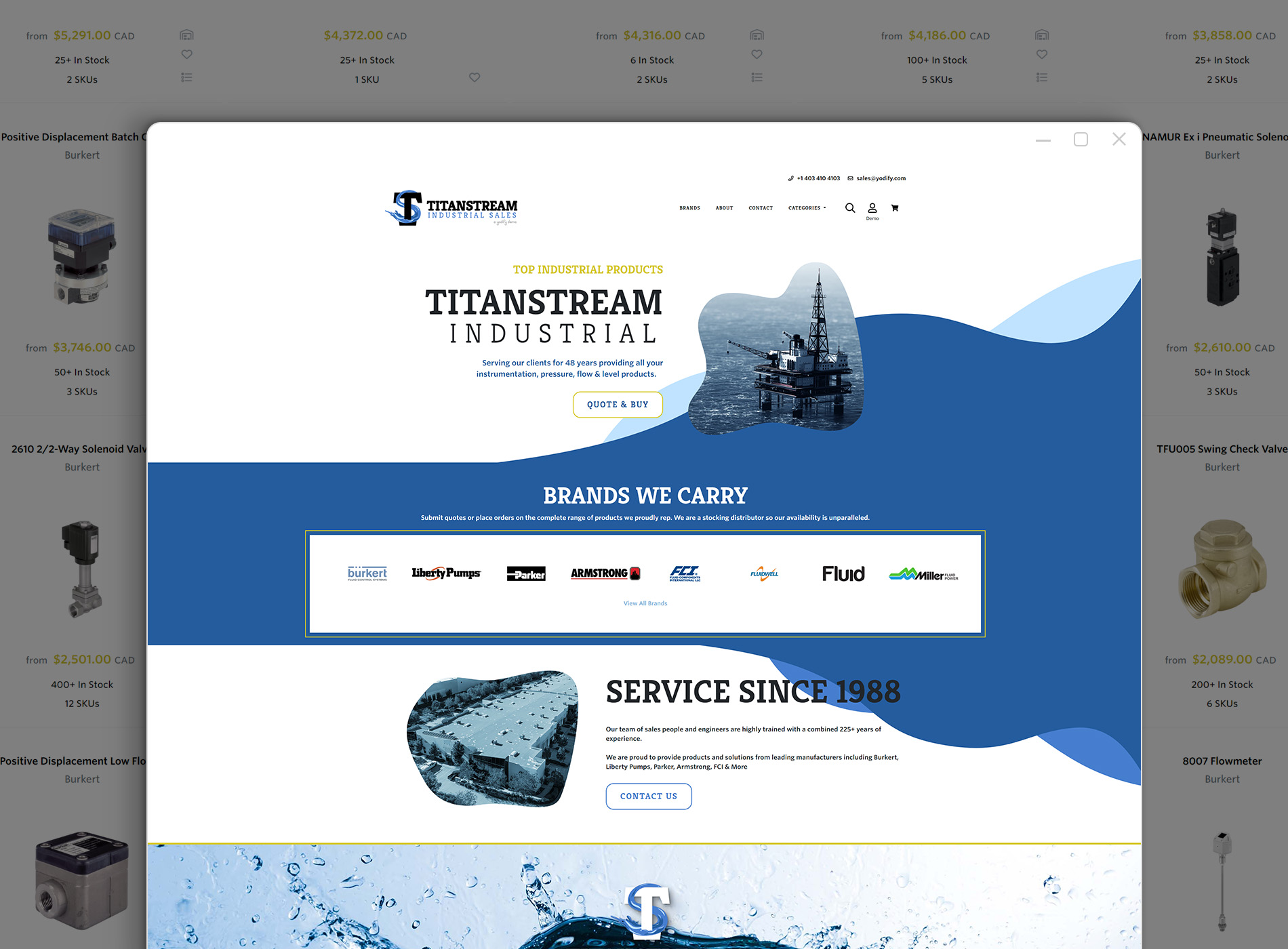Yodify Product Library
Add the Nelson™ Heat Trace 230V Type LT Self-Regulating Heater Cable to your store or catalog
Book Your Demo and See How
or create your store
Nelson™ Heat Trace 230V Type LT Self-Regulating Heater Cable
Brand: NelsonNelson™ Heat Trace LT Series self-regulating heater cable is ideal for maintaining fluid flow under low ambient conditions.
It is used for freeze protection and low watt density process temperature maintenance of pipes and vessels.
LT Series are 230 Volt heating cables designed for use in ordinary (unclassified) and hazardous (classified) locations.
Typical applications include process water, lube oil, fire protection, dust suppression and structure deicing.
The standard cable is supplied with a tinned copper metal braid and a fluoropolymer or modified polyolefin overjacket suitable for exposure to excessive moisture, organic and inorganic chemicals, solvents, etc.
Features- Type LT self-regulating heater cable is a parallel circuit electric heater strip. An irradiation cross-linked conductive polymer core material is extruded over the multi-stranded, tinplated, 1.3 mm² copper bus wires. Two jackets provide extra dielectric strength, moisture resistance, and protection from impact and abrasion damage. The inner thermoplastic jacket is extruded over and bonded to the core material. A thermoplastic elastomer overjacket is then extruded over the inner jacket. A stranded copper metal braid and fluoropolymer overjacket is supplied on all heaters.
- Operating principle: The parallel bus wires apply voltage along the entire length of the heater cable. The conductive core provides a continuous parallel heating element permitting the cable to be cut to any length in the field with no dead or cold zones developing. The heater cable derives its self-regulating characteristic from the inherent properties of the conductive core material. As the core material temperature increases, the number of conductive paths in the core material decreases, automatically decreasing the heat output. As the temperature decreases, the number of conductive paths increases, causing the heat output to increase. This occurs at every point along the length of the cable, adjusting the power output to the varying conditions along the pipe. The self-regulating effect allows the cable to be overlapped without creating hot spots or burnout. As the cable self-regulates its heat output, it provides for the efficient use of electric power, producing heat only when and where it is needed, and also limiting the maximum sheath temperature.
Specifications
Brand
Accessories
- Connection Kits, Thermostats, Contactors, Junction Boxes, Tape, Warning Signs, Custom Control, & Monitoring & Power Panels are available. See Catalog Pages for Details
Ambient Temperature Range
- -40° C ? Tamb ? 55° C
Approvals & Certifications
- Ex II 2 G, Ex E IIC T5 to T6 Gb, Ex II 2 D, Ex Tb IIIC T80° C to T95° C
Approvals & Certifications
- ATEX & IECEx Certified: Hazardous (Classified) Locations
Bus Wire Size
- 1.3 mm² Copper Conductors
Dimensions
- 6.2 mm x 12.2 mm
IECEx
- Ex II 2 G, Ex E IIC T5 to T6 Gb, Ex II 2 D, Ex Tb IIIC T80° C to T95° C
Maintain Temperature
- +65° C
Maximum Continuous Exposure Temperature
- +65° C (Continuous Power-On)
Maximum Intermittent Exposure Temperature
- +85° C (1000 Hours Cumulative Exposure)
Minimum Bend Radius
- 12.0 mm at -40° C
Minimum Installation Temperature
- -40° C
Temperature Classification (T Code)
- T6 +85° C / T +100° C Per IEC 60079 Standards


